Industry information
Company News
- Fluorocarbon aluminum veneer: Unveiling the "mysterious veil" of modern architecture
- Aluminum alloy air conditioning cover: the guardian of home coolness
- Aluminum alloy air conditioning cover: the secret weapon to protect the coolness of the home!
- Fluorocarbon aluminum veneer: the fashionable new darling of the aluminum industry
- Aluminum veneer: the 'invisible hero' of modern architecture
Industry dynamics
- Market share analysis of aluminum veneer manufacturers
- Aluminum alloy air conditioning cover: a little secret to the coexistence of home fashion and practicality
- Fluorocarbon aluminum veneer: the new favorite of architectural aesthetics, one board, one world
- Fluorocarbon aluminum veneer: a fashionable choice in modern architecture?
- Aluminum veneer: the 'invisible hero' of modern architecture
Frequently asked questions
- What are the manufacturers of aluminum veneer and how to choose?
- What is the wind pressure resistance performance of aluminum veneer?
- What is the production process of aluminum veneer?
- What is the price of aluminum veneer?
- What are the thickness and specifications of aluminum veneer?
contact us
Mobile:+86 15627778610
Email: 2201229786
Address: No. 5 Binjiang Road, High tech Zone, Zhaoqing City, Guangdong Province
Material selection and performance comparative analysis of hyperbolic aluminum veneer curtain wall
- Author: Xinlongtai Aluminum Industry (Guangdong) Co., Ltd
- Release time: February 26, 2025 00:27:35
- Click:0
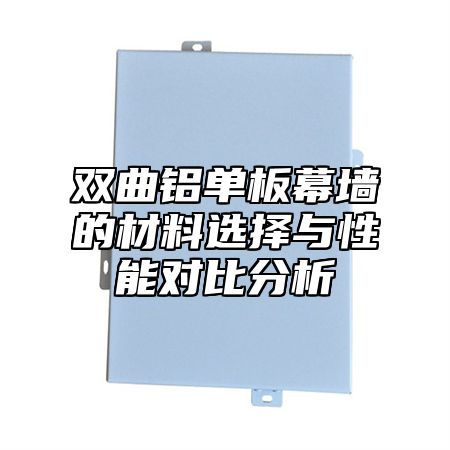
Hyperbolic aluminum veneer curtain wall is a commonly used material in modern architectural decoration, and its unique appearance design and excellent performance characteristics have received widespread attention. When choosing hyperbolic aluminum veneer curtain wall materials, multiple factors need to be considered, such as material strength, corrosion resistance, thermal insulation performance, etc. This article will analyze the material selection and performance comparison of hyperbolic aluminum veneer curtain wall.
1、 Material selection
There are currently three common types of hyperbolic aluminum veneer curtain wall materials on the market: ordinary aluminum alloy, 3003 aluminum alloy, and 5052 aluminum alloy. Ordinary aluminum alloys have lower strength but are relatively cheaper in price; 3003 aluminum alloy has high strength and good corrosion resistance; 5052 aluminum alloy has better weather resistance and wind pressure resistance. When selecting materials, comprehensive consideration should be given based on specific needs.
2、 Performance comparison
1. Strength: The strength of ordinary aluminum alloy is relatively low, generally between 60-70MPa; The strength of 3003 aluminum alloy is relatively high, generally between 80-100MPa; The strength of 5052 aluminum alloy is the highest, generally between 120-150MPa. In situations where large loads need to be borne, 5052 aluminum alloy should be selected.
2. Corrosion resistance: Ordinary aluminum alloys have poor corrosion resistance and are easily oxidized and corroded; 3003 aluminum alloy has good corrosion resistance and is suitable for outdoor environments; 5052 aluminum alloy has the best corrosion resistance and is suitable for marine environments and high-temperature and humid environments. In situations where prolonged exposure to outdoor environments is required, 3003 or 5052 aluminum alloy should be chosen.
3. Thermal insulation performance: Ordinary aluminum alloy has poor thermal insulation performance, which can easily lead to an increase in indoor temperature; 3003 aluminum alloy and 5052 aluminum alloy have good thermal insulation performance and can effectively reduce indoor temperature. When improving indoor comfort, 3003 or 5052 aluminum alloy should be chosen.
When choosing hyperbolic aluminum veneer curtain wall materials, comprehensive consideration should be given based on specific needs. The strength, corrosion resistance, and thermal insulation performance of different materials have their own advantages and disadvantages, and should be selected according to the actual situation. Attention should also be paid to factors such as material thickness and surface treatment to ensure the quality and safety of the curtain wall.

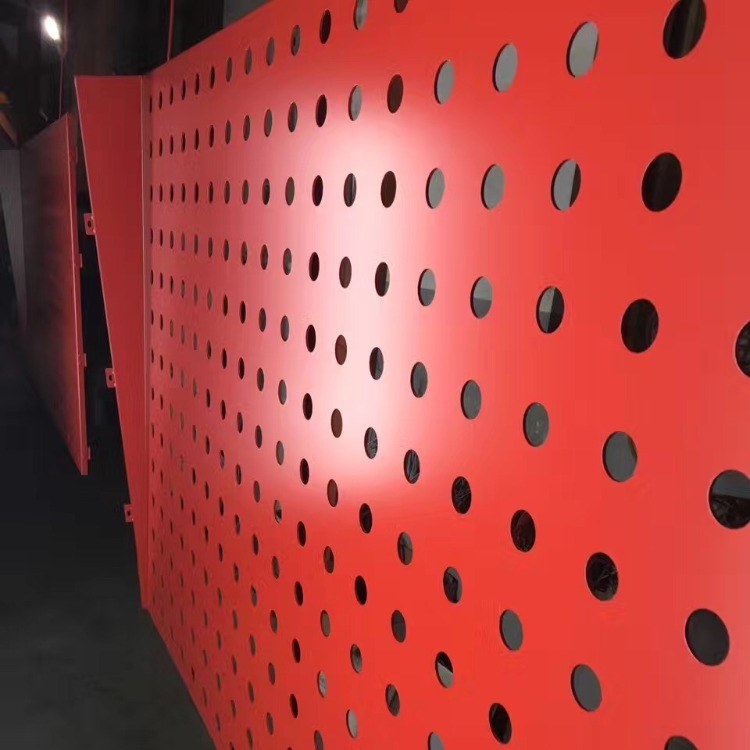
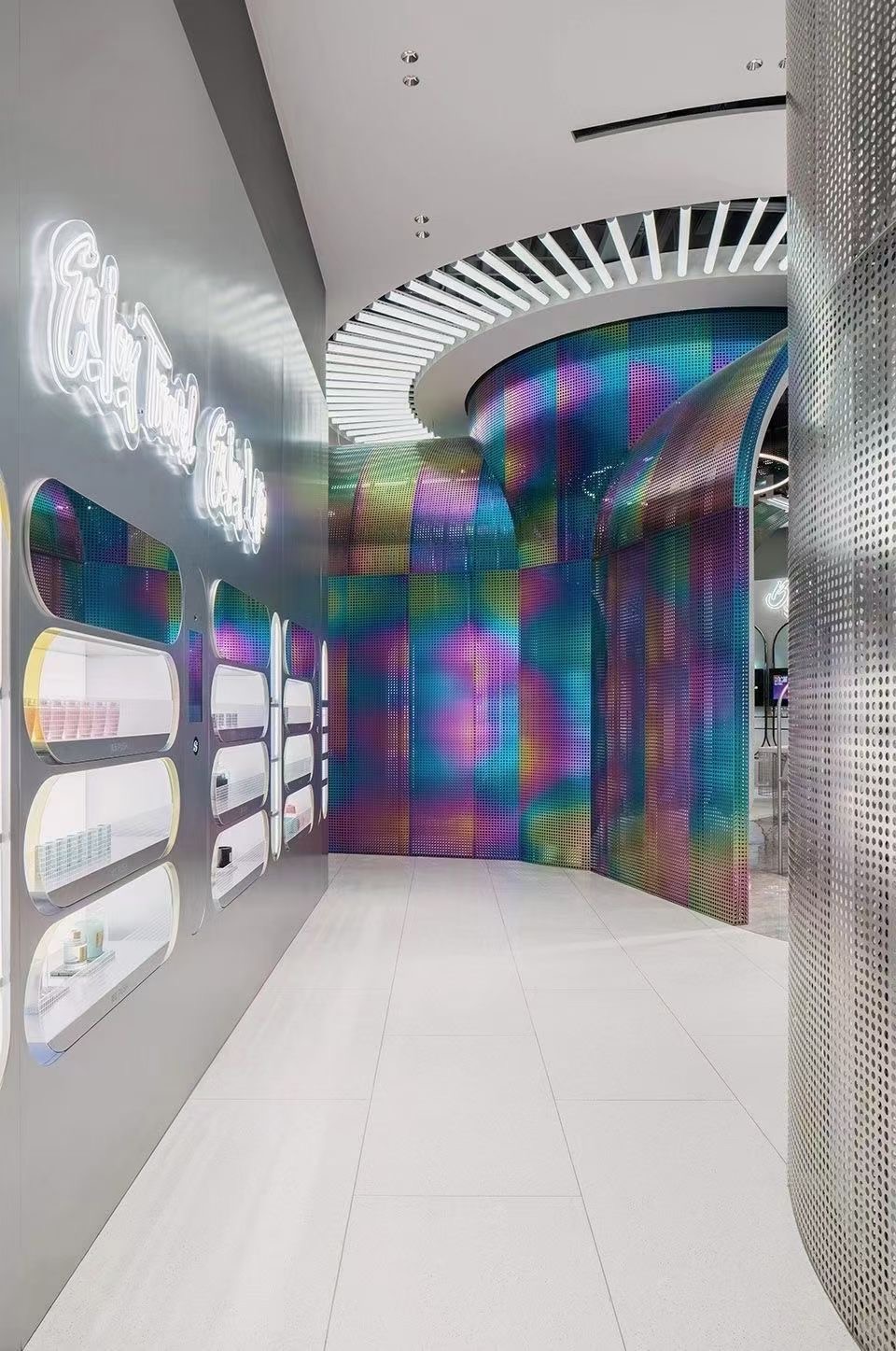
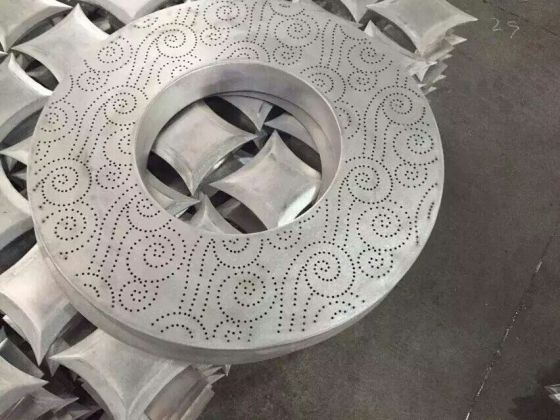
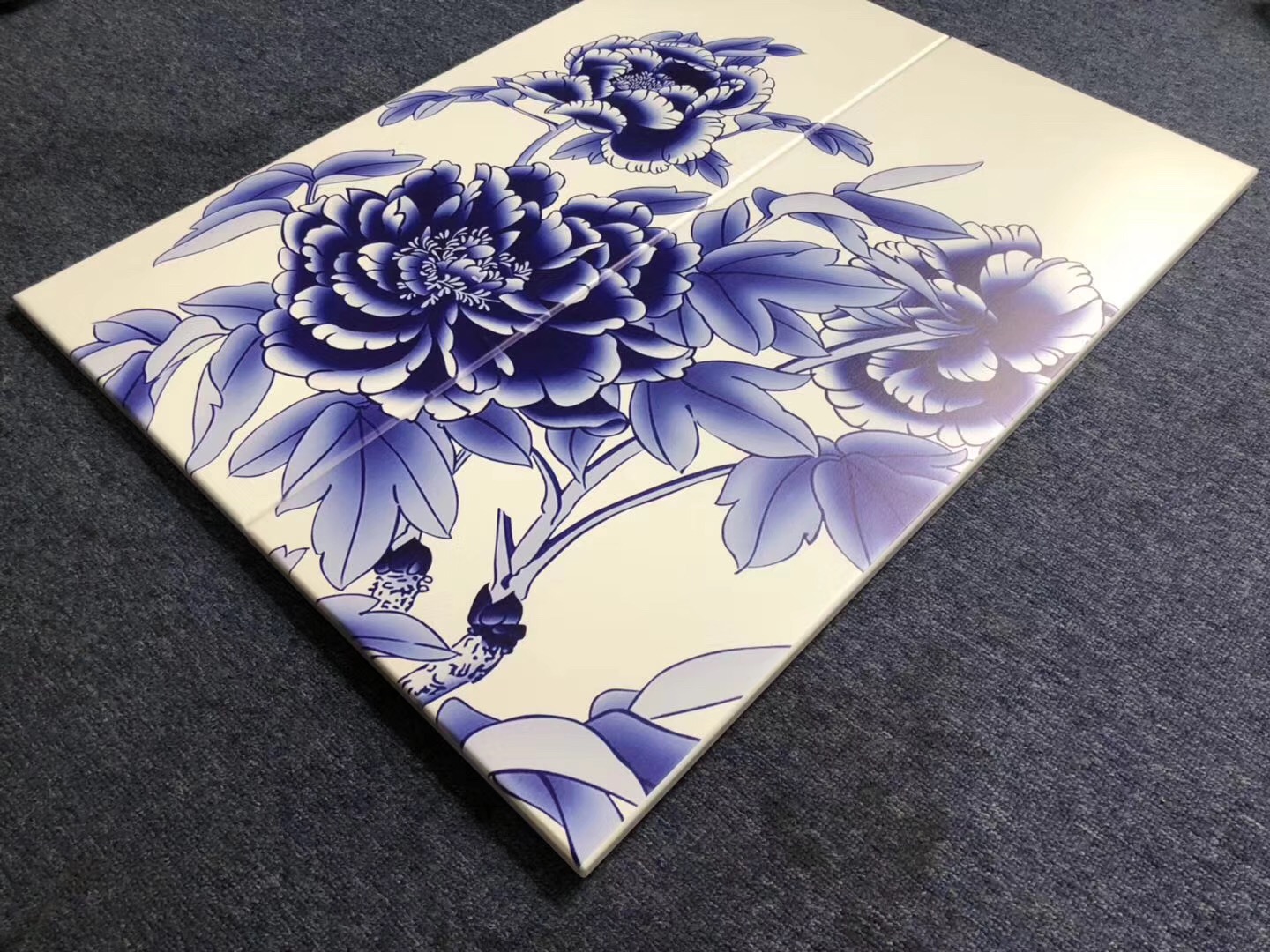
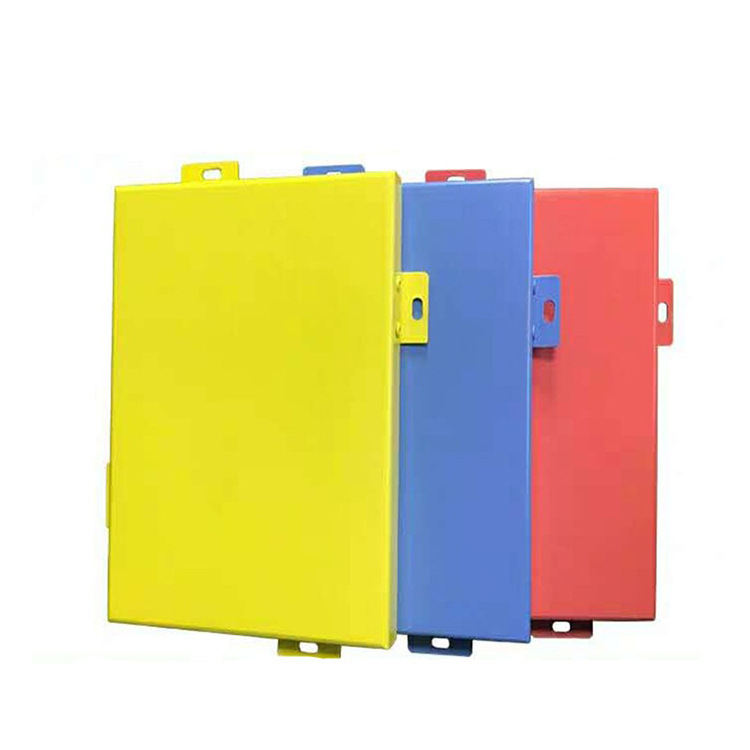
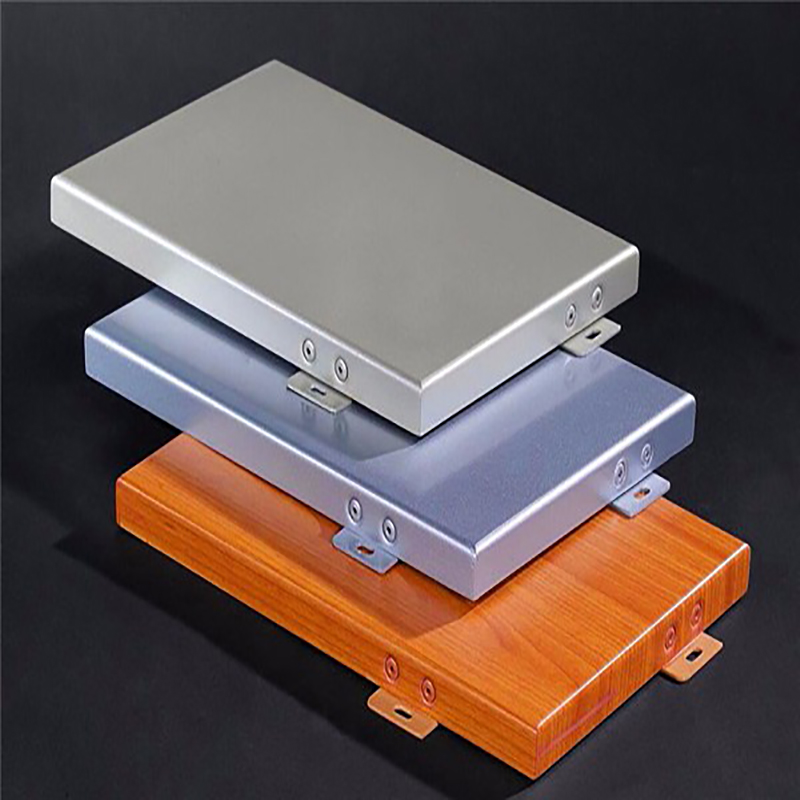
 Customer service QQ
Customer service QQ